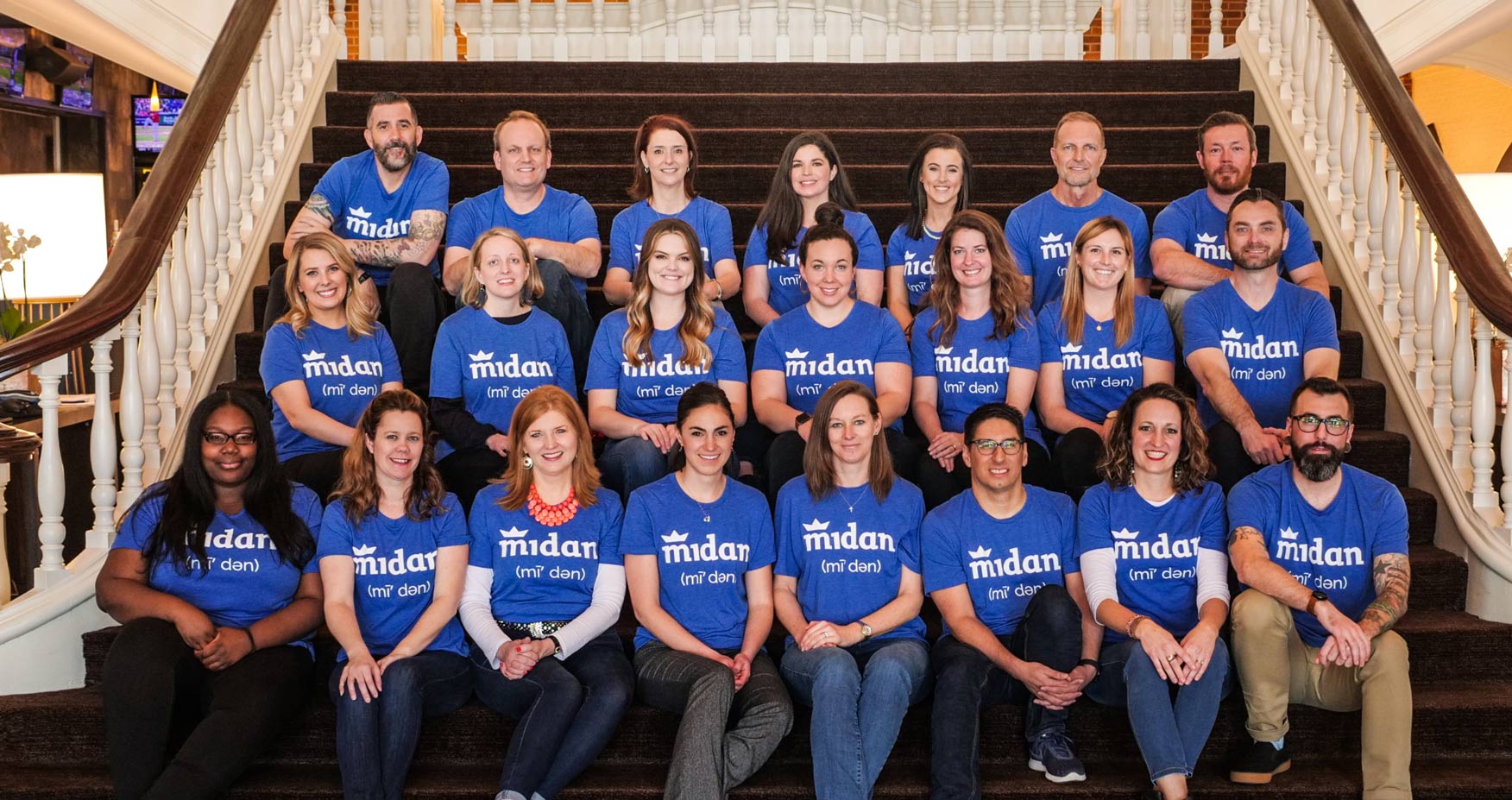In 2019, total store plant-based meat alternative sales grew 11.8% to $760 million; however, this is still just a fraction of the $84 billion in total store sales for meat last year. But anticipated continued growth in the alternative category means that traditional meat will still need to earn its place on the dinner plate. (Anne-Marie Roerink, Principal, 210 Analytics LLC, The Power of Meat 2020: An In-Depth Look at Meat Through the Shopper’s Eyes, Report sponsored by Sealed Air Food Care Division/Cryovac®)
2. Prepare for the ongoing evolution of retail
Retail will evolve more in the next five years than it has in the last 50 years,* with disruption happening in three key areas: Extreme Value (e.g., Costco, Aldi), Extreme Convenience (e.g., WaWa, Amazon Go), and Extreme Experience (e.g., Eataly, PK Market). Retailers who align with these trends are more likely to remain competitive. (Neil Stern, Senior Partner, McMillanDoolittle, LLP, Global Innovation: Grocery Retail Trends Impacting Today’s World and Beyond) * Stern quoted Greg Foran, former Walmart CEO
3. Seize the growing buying power of omnichannel shoppers
Omnishoppers (consumers who shop online and in-store for food and non-food) represent 44% of households and account for $419B in buying power (a 20% increase from two years ago). By 2025, their buying power is projected to be $631B. To leverage this anticipated growth, retailers need to effectively manage both their e-commerce sites and brick-and-mortar stores. (Meagan Nelson, Associate Director, Fresh Growth & Strategy, Nielsen, Beyond the Meat Case: How Digital Technologies Impact Meat)
4. Build your brand on a foundation of trust
Trust is the single most intangible asset for any business or brand, and shared values (more than facts) are the building blocks that help build trust. Shared values enable us to connect with our consumers on an emotional level and give them permission to purchase our products. Competition now is for share of wallet AND share of heart, mind and voice. (Nicole Johnson-Hoffman, Global McDonald’s Business Unit Leader and Chief Sustainability Officer, OSI Group and Charlie Arnot, CEO, Center for Food Integrity, Defend and Deflect No More: Building Trust in Animal Protein)
5. Mentor and sponsor to develop talent in the workforce
For every 100 men that are promoted, only 72 women get promoted; this number decreases for women of color and Hispanic women. Along with mentorship, sponsorship – shining a light on team members so others also recognize their value – plays a big role in growing talent in the workplace and helping individuals climb the promotional ladder. (Kevin Dolan, Senior Partner, and Miriam Owens, Associate Partner, McKinsey & Company, Inc., Pre-Conference Diversity Workshop)
6. Focus on culture to foster innovation
Innovation starts with a company culture where an idea can come from anyone within the organization, new ideas are first launched, then perfected, and the default setting is to embrace outside perspectives. Truly innovative organizations have a mission that matters, where each new idea ladders back to the company’s broader mission, and employees at every level feel empowered to contribute. (Steve Lerch, President, Story Arc Consulting, Innovation Through Culture: Stories from a Decade at Google)
7. Stay tuned in to world events
Global events have ramifications for all agribusiness (e.g., African Swine Flu, Coronavirus, global trade wars); it is vital for businesses to manage risk. World meat production will continue to decrease in 2020 after peaking in 2018; USDA: 2020 World Production forecast – Beef +1%, Chicken +3.9%, Pork -10%. Closer to home, the U.S. meat export forecast from USDA: Beef +5%, Pork +15% – 30%, and Broilers +7-8%. (Dr. Paul Aho, Economist and Consultant, Poultry Perspective, Randy Blach, CEO, CattleFax and Steve Meyer, Economist, Kerns & Associates, Market Outlook for Meat and Poultry)
8. Embrace technology (Your competitors are)
Traditional retailers and distributors should be mindful of new players with advanced technologies that are using predictive algorithms and automation to deliver on the customer experience in a more customized, precise way. (David Hardiman-Evans, Senior Vice President, North America, Ocado Group plc, Disruptive Innovation and Technology at Retail)
9. Tap into case ready
Interest in case ready meat continues to grow, based on its quality, food safety and food waste reduction benefits for consumers. The industry is moving toward case ready products to limit liability but also to work around labor shortages. In retail, we’ve evolved from butchers as meat cutters to meat department ambassadors and culinary advisors. (Jason Robertson, Vice President, Case Ready Beef and Pork, Tyson Foods)
10. Make “health and wellness” a customer service
Consumers are moving from dieting to lose weight or inches around their waist to using food as medicine to improve heart and overall health. “Health & Wellness” should evolve to a customer service for a producer, brand and the industry versus just a marketing slogan to continually build trust with consumers. (Kim Kirchherr, President, K2 Outcomes LLC.)
We brought our video crew to AMC 2020 to capture “live and in person” feedback from the Midan team. If you like our annual AMC Top 10 blog, you’ll want to check out our new AMC Top 10 video, where we share our firsthand learnings and insights from the conference.
The video below highlights our takeaways from the General Sessions.
